Nationality American Education Barnard College | Name Joan Vollmer Alma mater Barnard College | |
 | ||
Other names Joan Vollmer AdamsJoan Vollmer Burroughs Spouse William S. Burroughs (m. 1946–1951) Children William S. Burroughs, Jr., Julie Adams Similar People William S Burroughs, William S Burroughs - Jr, Amy Adams, Jack Kerouac | ||
Joan Vollmer * THE ANTWERP EXORCISM*
Joan Vollmer (February 4, 1923 – September 6, 1951) was the most prominent female member of the early Beat Generation circle. While a student at Barnard College, she became the roommate of Edie Parker (later married to Jack Kerouac). Their apartment became a gathering place for the Beats during the 1940s, where Vollmer was often at the center of marathon, all night discussions. In 1946, she began a relationship with William S. Burroughs, later becoming his common-law wife. In 1951, Burroughs killed Vollmer by shooting her in the head in what was apparently a drunken attempt at playing William Tell.
Contents
- Joan Vollmer THE ANTWERP EXORCISM
- Bala joan vollmer
- Early life and education
- Marriage to Burroughs
- Death
- Significance
- Film
- References
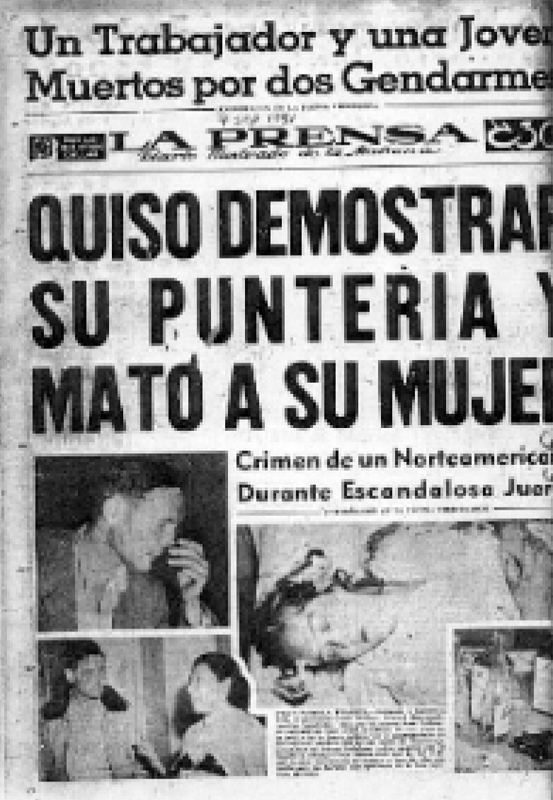
Bala joan vollmer
Early life and education
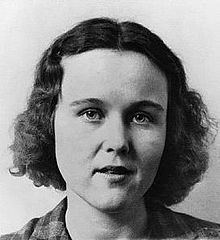
Joan Vollmer was born in Loudonville, an affluent suburb of Albany, New York, to an upper-middle-class family. She attended Barnard College in New York City in the early 1940s, and soon afterward married Paul Adams, a law student who was drafted during World War II, and therefore overseas during most of the early Beat years. Vollmer met Edie Parker at the West End Bar and the two moved in together in the first of a series of apartments in New York's Upper West Side that they shared with the writers, hustlers, alcoholics and drug addicts that later became known as the Beats. These included: William S. Burroughs, Jack Kerouac, Allen Ginsberg, Lucien Carr, Herbert Huncke, Vickie Russell (a prostitute and addict who appears as "Mary" in Burroughs' novel Junkie), and Hal Chase, a Columbia University graduate student from Denver.
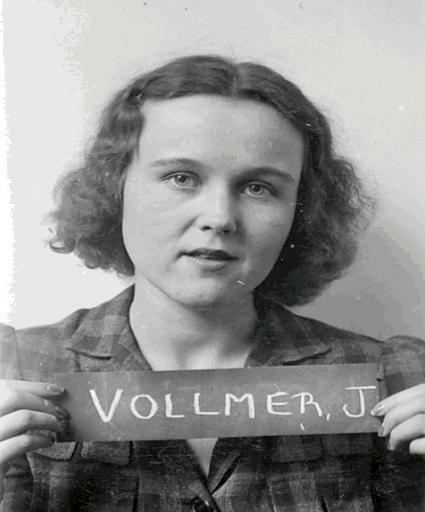
Paul Adams divorced Vollmer upon returning from military service. Reportedly, he was appalled by her drug use and group of friends. In 1945 Jack Kerouac introduced her to Benzedrine, which she used heavily for a few years. Early in 1946, she began a long-term relationship with Burroughs. The match was initially set up and encouraged by Allen Ginsberg, who much admired Burroughs’ intellect and considered Joan his female counterpart.
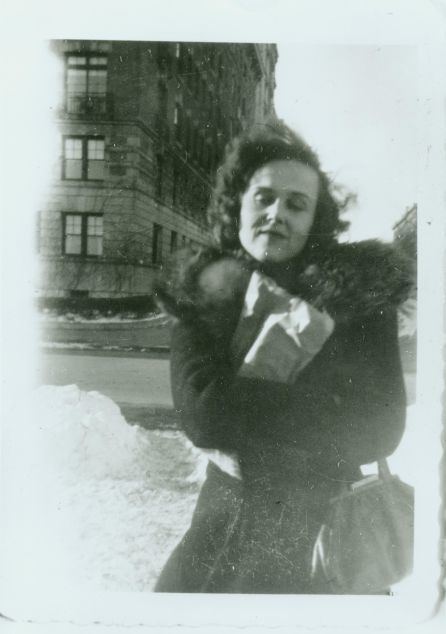
Several years later, when Vollmer and Burroughs were living together in Texas, Ginsberg encouraged Burroughs to break up with Vollmer, believing that Burroughs could never return her total devotion. Nevertheless, Burroughs ignored this advice and evidence suggests he and Vollmer had a passionate affair. Once they were arrested for having sex in a parked vehicle. Vollmer became a mother for the second time after William, Jr. was born in 1947. Julie, her first child, was born during her marriage to Paul Adams.
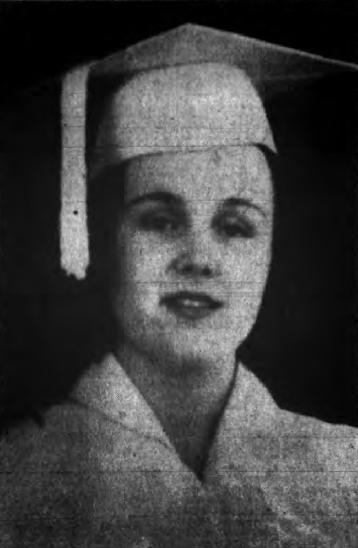
In 1946, Vollmer had been admitted to Bellevue Hospital in New York City due to psychotic episodes as a result of excessive amphetamine use. At this time Burroughs had been convicted of prescription forgery and was sentenced to return to his parents' care in St. Louis, Missouri. Immediately after completing his probationary order, he traveled to New York to retrieve Vollmer from Bellevue. From that moment until her death, she called herself Mrs. William Burroughs. She lived with her common-law husband and two children. Although the two were never formally married, they had a son, William Burroughs, Jr. Due to trouble with the law for drug abuse, drug distribution and lewd behavior charges, they relocated several times, moving first to New Waverly, Texas, then to New Orleans, and eventually to Mexico City.
Marriage to Burroughs

Burroughs initially tried to support his family by farming cash crops in the Rio Grande valley. When this failed, he moved Vollmer and their children to New Orleans. While living there he was arrested for heroin possession, during which time police searched Vollmer's home, unearthing letters from Ginsberg discussing a possible shipment of marijuana. The resulting criminal charges were grave — upon conviction Burroughs would have served time in Louisiana's infamous Angola State Prison; he fled for Mexico City. Once he was settled, Vollmer joined him, along with her children.
In her son’s novel Kentucky Ham (1973), Vollmer is remembered as a gentle and considerate mother who was meek and deferential to her husband's parents. Yet she is also depicted as being prone to wild bouts of self-destructive behavior. The book recounts a reckless, almost deadly drive down a mountainside road in Mexico. Joan's battered appearance and unpredictable behavior alarmed Ginsberg when he visited with Lucien Carr in 1951. During their visit she expressed some bitterness and hostility toward Burroughs' lack of affection and continued drug addiction. In fact, at the time of Ginsberg's visit, Burroughs was away in Guatemala with a young man he pursued unsuccessfully.
According to research by James Grauerholz, a petition for divorce was initiated in Mexico by Burroughs, Vollmer, or both, about a year before Joan's death despite the fact that they had never been legally married; however, the application was later withdrawn by their Mexican attorney. The divorce was likely required due to Burroughs' stated desire to take custody of their son upon dissolution. From the same source, there is some speculation that Vollmer was romantically linked with several men while living in Mexico; nevertheless, Ted Morgan describes her in Literary Outlaw as a woman suffering from serious drug and alcohol addictions which had aged her noticeably. Her face was swollen; she limped due to a recent bout of polio.
Death
Three days after Burroughs returned from his South American trip, Vollmer was balancing a water tumbler on her head as her husband aimed a handgun at it. When Burroughs fired, the bullet missed the water tumbler and hit Vollmer, who died later that day from a gunshot wound to the skull, aged 28. Vollmer's death was ruled a culpable homicide, after Mexican police investigated and Burroughs gave several contradictory versions of events. Burroughs initially claimed he accidentally shot Vollmer during a William Tell act, but changed his story, possibly after being coached by his Mexican attorney, Bernabé Jurado. The day after in court, Burroughs claimed he accidentally misfired the gun while trying to sell the weapon to an acquaintance. It has recently come to light that Lewis Marker and Eddie Woods (not the poet Eddie Woods, who was also friends with Burroughs) were present at the shooting.
Burroughs was held in custody on murder charges for two weeks before being released on bail after his brother arrived from St. Louis to dispense thousands of dollars in a variety of legal costs. Vollmer was buried in Mexico City and her two children were taken back to the United States. Her daughter Julie was raised by her father, Paul Adams, and his family; her son was raised by her in-laws. Eventually, Julie went to live with her maternal grandparents in Loudonville, assuming the surname Vollmer. For a year, Burroughs reported every Monday morning to the jail in Mexico City while his prominent attorney worked to resolve the case. However, when Jurado fled the country after accidentally shooting and killing a trespasser on his property — a child of a government official — Burroughs re-entered the United States, where he was fortunate that Louisiana had not issued a warrant for his arrest on the previous narcotic charge. In absentia, Burroughs was convicted of manslaughter in Vollmer's death. He received a two-year suspended sentence.
In the introduction to Queer, a novel written in 1953 but not published until 1985, Burroughs states, "I am forced to the appalling conclusion that I would have never become a writer but for Joan’s death ... [S]o the death of Joan brought me into contact with the invader, the Ugly Spirit, and maneuvered me into a lifelong struggle, in which I had no choice except to write my way out". (Queer, 1985, p.xxii)
Significance
Brenda Knight in The Women of the Beat Generation:
Joan Vollmer Adams Burroughs was seminal in the creation of the Beat revolution; indeed the fires that stoked the Beat engine were started with Joan as patron and muse. Her apartment in New York was a nucleus that attracted many of the characters who played a vital role in the formation of the Beat; ... Brilliant and well versed in philosophy and literature, Joan was the whetstone against which the main Beat writers — Allen, Jack, and Bill — sharpened their intellect. Widely considered one of the most perceptive people in the group, her strong mind and independent nature helped bulldoze the Beats toward a new sensibility.
Film
The film Beat (2000) is a biographical account of the relationship between Joan Vollmer Burroughs and William S. Burroughs. Joan Vollmer Burroughs is portrayed by Courtney Love and William S. Burroughs by Kiefer Sutherland. There are brief appearances by Daniel Martinez as Jack Kerouac, Ron Livingston as Allen Ginsberg and Norman Reedus as Lucien Carr. The film centres on the killing of Joan Vollmer Burroughs, on 6 September 1951, by her husband, William S. Burroughs. It also portrays Lucien Carr's plea of guilty to the first-degree manslaughter, on 13 August 1944, of David Kammerer, played by Kyle Secor, for which he served two years of a one-to-twenty-year sentence in the Elmira Correctional Facility in Upstate New York.
